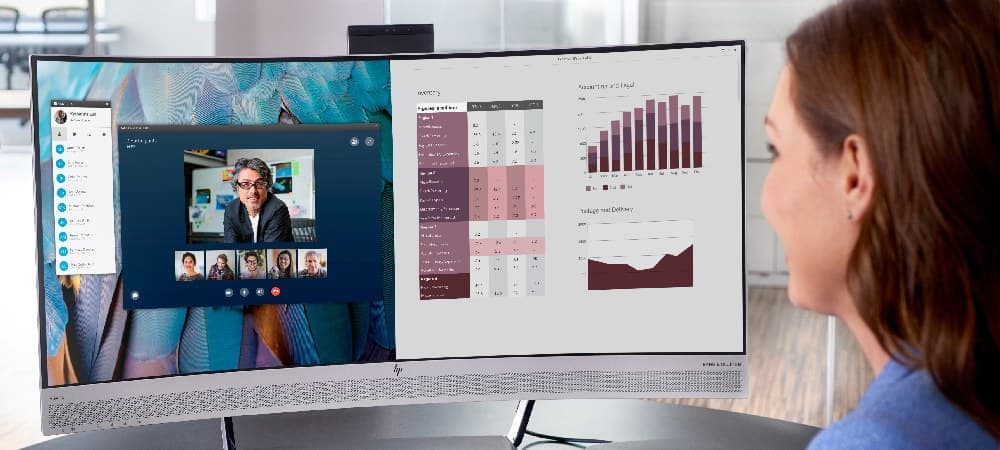Whether you’re an architecture student or a professional architect, having the right laptop is essential for successful design work and studies.
Selecting the best laptop for architecture involves considering your workflow requirements, budget constraints, and ensuring it can run powerful modeling software and CAD applications while also being portable and durable enough for on-the-go use.
We’ve selected the
top HP laptops for architecture and will explore the key specifications to look for when choosing the ideal laptop for your architectural career or studies.
Top HP Laptops for Architects
1. HP ZBook Studio 16" G10 Mobile Workstation
- 16-inch WUXGA anti-glare display for clear visuals
- 13th Gen Intel® Core™ i9 processor
- NVIDIA® GeForce RTX™ 4070 graphics
- Up to 64GB DDR5 RAM
- Up to 2TB SSD storage
- Thunderbolt™ 4 connectivity
- Advanced security features
With its high-end specs, the ZBook Studio can easily handle demanding architectural software and large project files. The expansive display and
dedicated graphics make it ideal for detailed design work and 3D modeling, effectively managing demanding software used in real-time rendering and visualization.
2. HP ZBook Firefly 16" G10 Mobile Workstation
- 16-inch WUXGA display
- Intel® Core™ i7 processor
- NVIDIA® RTX™ A500 graphics option
- Up to 64GB DDR5 RAM
- 512GB SSD storage
- Lightweight design
- Advanced security features
While not as powerful as the ZBook Studio, the Firefly still provides ample performance for architectural software in a more portable package. It’s a solid choice for students or architects who are frequently on the go.
3. HP ZBook Fury 16 G10 Mobile Workstation
- 16-inch WUXGA display
- Intel® Core™ i9 processors
- NVIDIA RTX™ graphics
- Up to 64GB DDR5 RAM
- 1TB SSD storage
- Comprehensive connectivity options
- Enterprise-grade security features
The ZBook Fury is designed to handle the most demanding architectural workflows, including complex 3D modeling and rendering software. While less portable than other options, it provides desktop-class performance for serious professionals.
Key Specs for Architecture Laptops
When choosing a laptop for architectural work, pay close attention to these key specifications:
Display
- Size: At least 15 inches, ideally 16-17 inches for adequate workspace
- Resolution: Minimum Full HD (1920 x 1080), QHD or 4K for enhanced detail
A larger, high-resolution display allows you to see your designs clearly and work efficiently without constant scrolling. However, 4K displays may cause lag in some 3D applications. Connecting multiple external monitors can further enhance productivity and versatility, especially for tasks like architectural modeling and rendering.
Processor (CPU)
Multi-core processors with high clock speeds enable faster performance when designing, editing, and rendering. Look for Intel Core i7 or i9 processors in the latest generation. These powerful CPUs ensure smooth operation of resource-intensive architectural software.
Graphics Card (GPU)
A powerful dedicated graphics card is essential for smooth performance in 3D modeling and rendering applications. Integrated graphics are generally not sufficient for professional architectural work. Look for NVIDIA RTX or AMD Radeon Pro series GPUs with at least 4GB of VRAM for optimal performance.
Memory (RAM)
Architectural software is often memory-intensive. More RAM allows you to work on larger projects and run multiple applications simultaneously without slowdowns. Aim for at least 16GB of RAM, with 32GB or more recommended for professional use.
Storage
Fast SSD storage improves overall system responsiveness and reduces load times for large project files. Consider a laptop with at least 512GB SSD storage, with 1TB or more recommended for professionals. This is particularly important for tasks such as video editing and managing large architectural design files.
Portability and Battery Life
While performance is crucial, also consider the laptop’s weight and battery life if you’ll be frequently working on-site or traveling. Mobile workstations tend to be heavier but offer desktop-class performance. Look for laptops with at least 6-8 hours of battery life for all-day productivity.
Connectivity
Ensure the laptop has a good selection of ports (USB, HDMI, etc.) and the latest WiFi and Bluetooth standards for seamless connectivity with peripherals and networks.
Thunderbolt ports are especially useful for connecting high-resolution external displays and fast external storage devices.
Conclusion
By focusing on these key specifications, you can find an HP laptop that meets your needs as an architecture student or professional. The ZBook series offers excellent options at various performance levels and price points. Consider your specific workflow requirements and budget to choose the ideal laptop for your architectural work. With the right HP laptop, you’ll be well-equipped to tackle any architectural design challenge and bring your creative visions to life.
About the Author
Jolene Dobbin is a contributing writer for HP® Tech Takes. Jolene is an East Coast-based writer with experience creating strategic messaging, marketing, and sales content for companies in the high-tech industry.
Popular HP Mobile Workstations



















